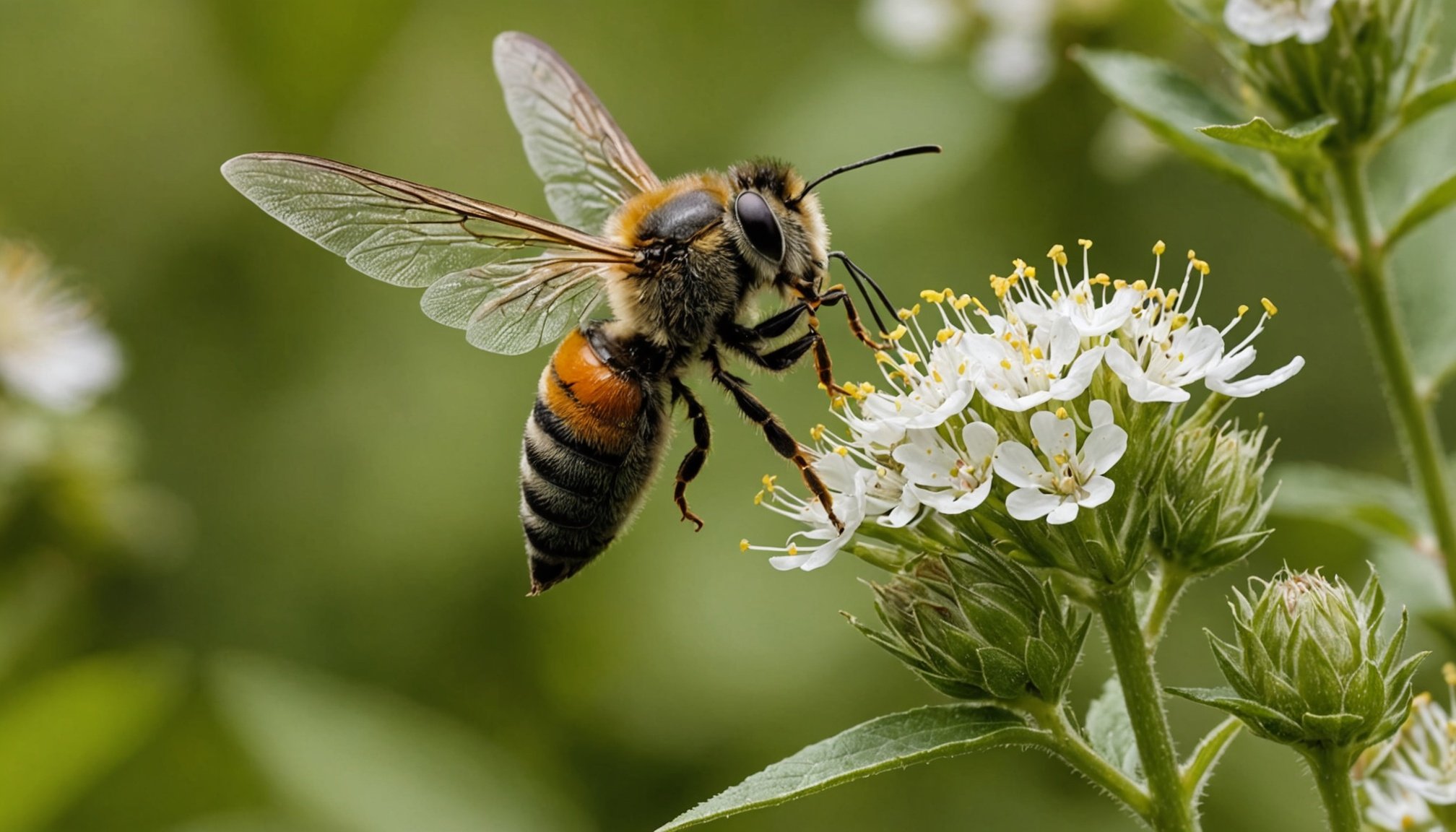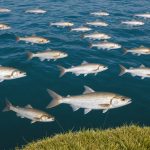Overview of Current UK Pesticide Regulations
Understanding UK pesticide regulations is crucial for comprehending how they impact biodiversity and pollinator protection. Historically, the UK has enacted laws aimed at managing pesticide usage to safeguard both human health and the environment. These regulations have evolved to address changing agricultural practices and scientific advancements, reflecting the need to adapt to new challenges like pollinator decline.
Key regulations include the Plant Protection Products (PPP) Regulation, which governs the authorisation and control of pesticides, ensuring they meet safety standards. Compliance with these current laws is essential for maintaining the balance between effective pest control and environmental protection. Moreover, the Sustainable Use of Pesticides Directive focuses on minimising risks and promoting sustainable practices such as integrated pest management.
Also read : Boosting uk farming: eco-friendly strategies to safeguard barn owl populations
The importance of aligning these laws with biodiversity goals cannot be overstated. As pollinator populations face threats from habitat loss and pesticide exposure, regulations must incorporate measures that favour ecological balance. This involves not only restricting harmful substances but also fostering research and development of safer, pollinator-friendly chemicals.
Through comprehensive and stringent pesticide regulation, the UK aims to ensure agricultural productivity while preserving its vital natural ecosystems.
Additional reading : Top UK Angling Techniques to Safeguard Fish and Champion Sustainable Fishing
Key Challenges Facing Pollinators
Pollinator decline has become a pressing issue with various agricultural impacts to consider. The primary threats include habitat loss, pesticide exposure, and diseases, which significantly affect pollinator populations. These elements interconnect, creating a fragile environment for insects like bees and butterflies, which are crucial for the pollination of crops and wild plants.
Pesticide exposure is a major contributor to this decline, leading to direct and indirect adverse effects on pollinator health and behaviour. Neonicotinoids, a class of insecticides, have been particularly scrutinised for their detrimental impact on bees’ navigation and foraging abilities. This disruption to normal behaviour can decrease pollinators’ efficiency, ultimately impacting plant reproduction and agricultural yields.
Furthermore, the relationship between agricultural practices and pollinator survival is complex. Modern farming techniques, often reliant on monocultures and chemical inputs, can create inhospitable environments for pollinators. The interdependent nature of these threats necessitates a holistic approach to manage agricultural systems sustainably while reducing reliance on harmful chemicals.
Understanding and addressing these challenges is essential for ensuring long-term biodiversity and sustainable food production. This will require coordinated efforts at various levels, including policy changes, adoption of integrated pest management, and fostering pollinator-friendly habitats within agricultural landscapes.
Innovative Strategies for Pesticide Management
As awareness of pollinator decline grows, there’s an imperative shift towards sustainable agriculture. This involves reducing dependency on pesticides while ensuring effective pest control. Implementing integrated pest management (IPM) is pivotal in this transition. IPM combines biological control, cultural practices, and chemical methods to manage pest populations sustainably.
Alternative pesticide strategies are gaining traction in aligning agricultural productivity with pollinator protection. Prominent methods include:
- Biological control, which utilises natural predators or parasites to keep pest numbers in check. This reduces the need for chemical pesticides.
- Cultural practices, such as crop rotation and polyculture, enhance biodiversity and disrupt pest life cycles.
Incorporating physical barriers, like nets and traps, can further minimise pesticide use, reflecting a commitment to sustainable agriculture. These techniques not only protect crops but also enhance the resilience of agro-ecosystems.
IPM and alternative pest control strategies champion pollinator survival by fostering environments where they can thrive. By prioritising ecological balance over chemical dependency, sustainable agriculture is essential in securing long-term food production and biodiversity. Adopting these practices is crucial for resilient agricultural systems that respect and protect vital pollinator populations.
Case Studies of Successful Practices
Exploring real-world examples of pollinator-friendly practices reveals insights into how conservation efforts can be effectively implemented. Farms actively incorporating such practices have seen significant improvements. A notable example is the use of flowering field margins, which boost biodiversity by providing habitat and food sources for bees and other pollinators. Additionally, these practices enhance the resilience of crops through improved natural pollination.
Example 1: Farm-Based Practices
On some UK farms, strategies such as reduced tillage, diverse crop rotations, and the integration of perennial plants have been tailored to support pollinator health. By ensuring varied flowering periods throughout the year, these farms maintain steady pollinator populations. Beetle banks, areas dedicated to nurturing natural predators of pests, further reduce the need for chemical pesticides, demonstrating the practical application of sustainable agriculture.
Example 2: Community Initiatives
Community-driven programs play a crucial role in promoting biodiversity. Initiatives including local pollinator pathways and urban bee gardens have successfully raised awareness and engagement among residents. These programs foster pollinator conservation in urban environments, where traditional farming practices are less prevalent. By celebrating pollinators, communities collectively drive positive environmental change.
Policy Recommendations for Future Regulations
Developing effective policy changes is crucial to address gaps in current UK pesticide regulations, ensuring enhanced pollinator protection. As the pressure mounts to preserve biodiversity, regulatory improvements must focus on revisiting and strengthening existing laws. One primary area is the consideration of cumulative and interactive pesticide effects, which traditional risk assessments often overlook. Comprehensive testing methods should be integrated to measure long-term environmental impacts more accurately.
Active stakeholder engagement is vital for informed and inclusive policy-making. Including farmers, scientists, ecological experts, and the public in the dialogue fosters a collaborative approach, addressing diverse perspectives and practical challenges. This shared responsibility ensures policies reflect both environmental necessities and agricultural realities, promoting widespread compliance.
Furthermore, encouraging adoption of sustainable agricultural practices like integrated pest management (IPM) can be incentivised through regulations. Leveraging education and support programs can empower farmers to transition smoothly towards environmentally friendly methods, ensuring food security is not compromised. By bridging scientific research with practical policy solutions, the UK can pioneer innovative regulations that balance ecological preservation with agricultural productivity. These forward-thinking regulations are essential not only for pollinator health but for the sustainability of agriculture as a whole.











